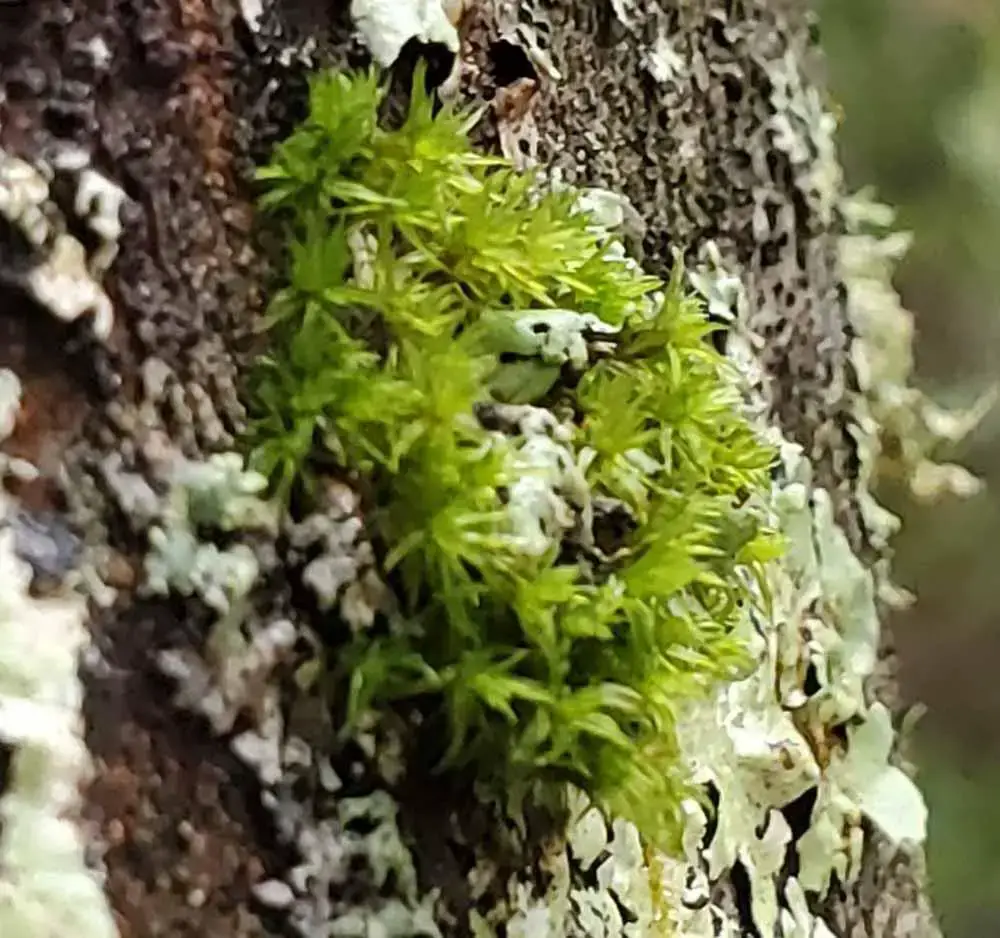
a-crisped-moss-ulota-sp.-pl.jpg from: https://wcbotanicalclub.org/a-crisped-moss-ulota-sp-pl/
Exploring the Fascinating World of Ulota robusta Mitt. Moss
Introduction
Mosses are often overlooked, but they play crucial roles in ecosystems around the world. One particularly interesting species is Ulota robusta Mitt., a moss in the Orthotrichaceae family, commonly known as Ulota. In this blog post, we’ll dive into the captivating details of this tiny but mighty plant.
Background
Ulota robusta is a species of moss belonging to the Bryophyta division and Bryopsida class. Mosses are non-vascular plants that lack true roots, stems, and leaves. Instead, they have leaf-like structures called phyllids that absorb water and nutrients directly.
Morphology and Identification
Ulota robusta forms small cushions or tufts, typically growing on tree bark or rocks. Its phyllids are lanceolate (lance-shaped) and have a strong midrib. The capsules (spore-bearing structures) are cylindrical and have 8 furrows when dry. Key identification features include:
- Phyllids with recurved margins and papillose cells
- Seta (stalk) 2-5 mm long
- Capsules with 8 deep furrows when dry
- Peristome (toothed structure around capsule mouth) double, with 8 outer teeth and 8 inner segments
Global Distribution and Habitat
Ulota robusta has a wide distribution, found in Europe, Asia, Africa, and the Americas. It typically grows in temperate and montane regions, favoring habitats like:
- Tree trunks and branches in forests
- Exposed rocks and cliffs
- Occasionally on man-made structures like fences or walls
Ecological Roles and Adaptations
Like other mosses, Ulota robusta plays important ecological roles:
- Moisture retention: Moss cushions absorb and slowly release water, regulating moisture in their microhabitats.
- Nutrient cycling: As mosses decompose, they release nutrients back into the ecosystem.
- Habitat provision: Many small invertebrates live among moss cushions.
Ulota robusta has adaptations that allow it to thrive in its preferred habitats:
- Desiccation tolerance: It can survive periods of dryness by going dormant until moisture returns.
- Reproduction: In addition to sexual reproduction via spores, it can reproduce asexually through fragmentation.
Conclusion
Ulota robusta may be small, but it is a fascinating and ecologically valuable moss species. Its global distribution, unique morphology, and important roles in ecosystems make it a worthy subject of study and appreciation. Next time you’re in nature, take a closer look – you might just spot this marvelous moss! What other overlooked organisms in your environment have surprising stories to tell?